PsychNewsDaily Publishers
100 Summit Drive
Burlington, MA, 01803
Telephone: (320) 349-2484
PsychNewsDaily Publishers
100 Summit Drive
Burlington, MA, 01803
Telephone: (320) 349-2484
Buying wine requires careful evaluation of storage conditions, bottle appearance, cork integrity, and pricing to avoid poor-quality selections and enhance overall enjoyment.
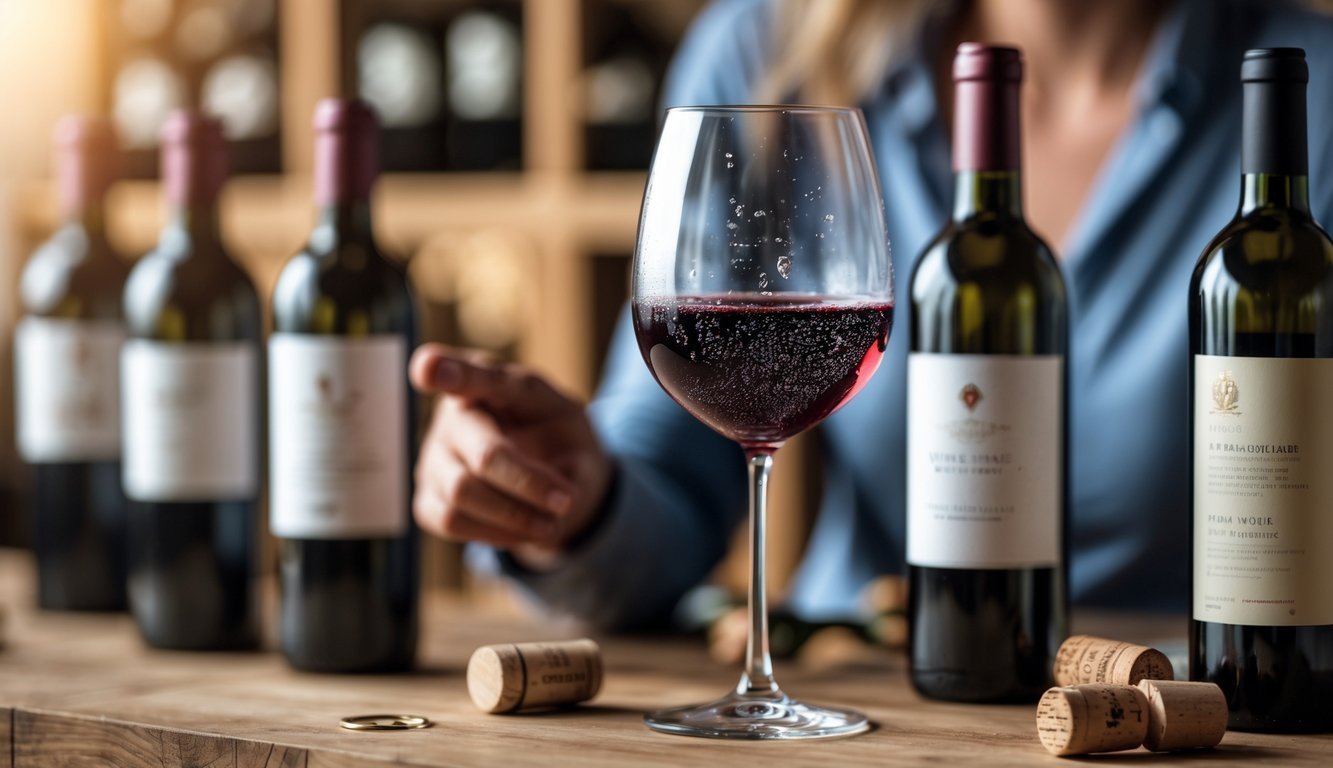
Buying wine can get confusing, especially if you’re not sure what to watch for. Sometimes a bottle looks perfectly fine but ends up tasting stale or just not worth the price. It’s annoying to waste money on a dud, right?
You can spot signs that a wine might be bad before you buy it. Catching these red flags early helps you pick better bottles and enjoy your wine more, whether it’s a random Tuesday or a big celebration.
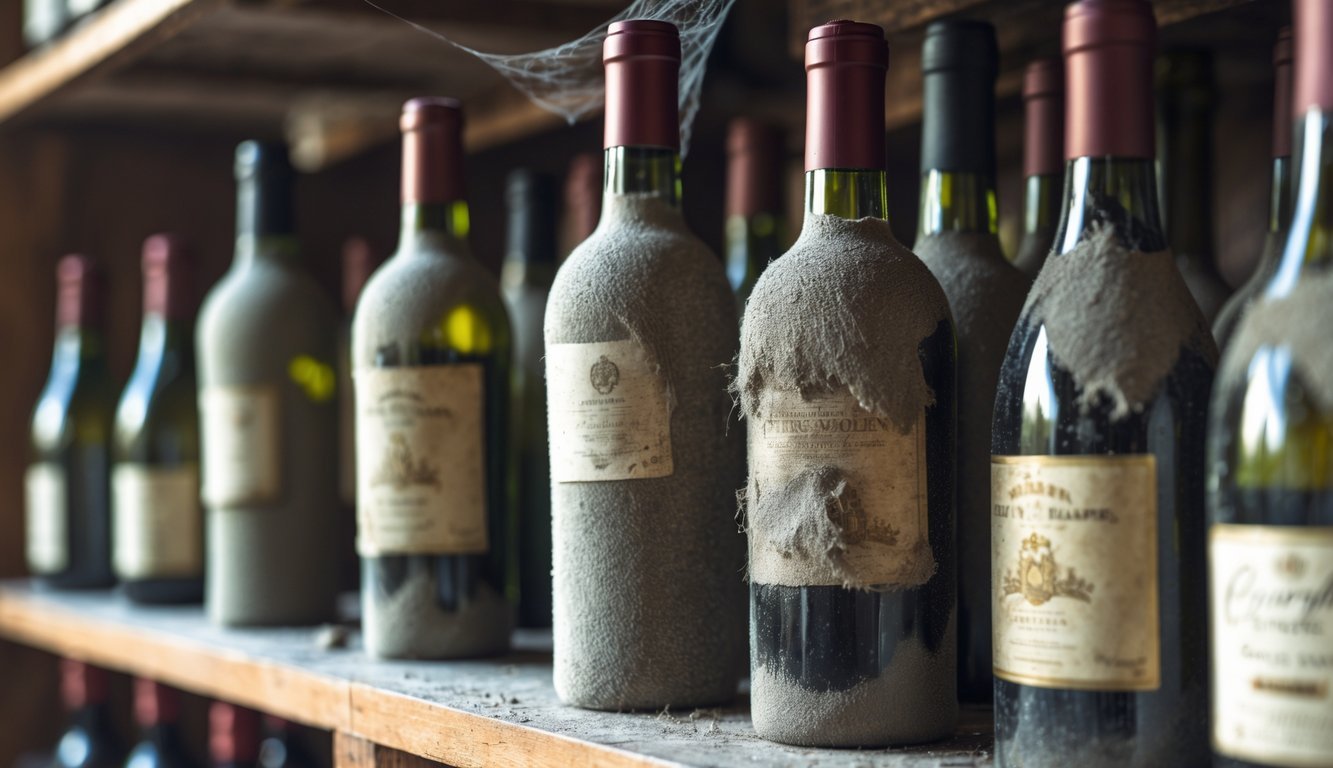
When you see a bottle covered in dust, it usually means it’s been sitting around a while. Dust alone doesn’t ruin wine, but it often shows nobody cared much about storing it right.
Bad storage, like too much heat or light, can spoil the wine inside. That’s when you get weird flavors or a flat taste.
If you grab a dusty bottle, take a closer look at the cork and the wine’s color. Sometimes the wine is fine, but dusty bottles give you a reason to pause.
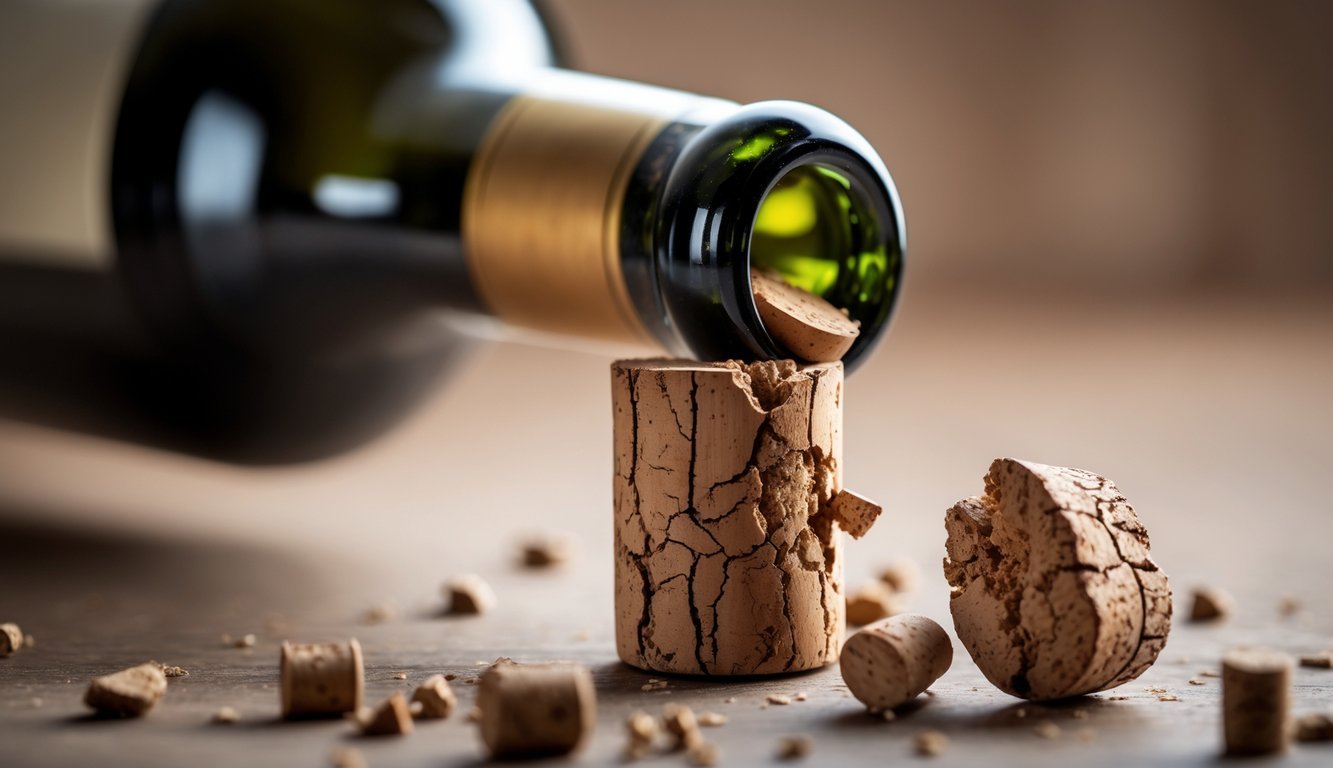
When you open a bottle and the cork is dry or falling apart, it usually means the wine wasn’t stored right. A dry cork lets air in, and that can mess up the wine’s taste.
Sometimes corks crumble just because they’re old or fragile. That doesn’t always mean the wine is ruined, but you should definitely give it a sniff and a taste before drinking. If it smells weird or tastes sour, I’d skip it.
A crumbly cork is annoying, but if the wine looks clear and tastes normal, you’re probably okay. Just watch for cork bits in your glass.
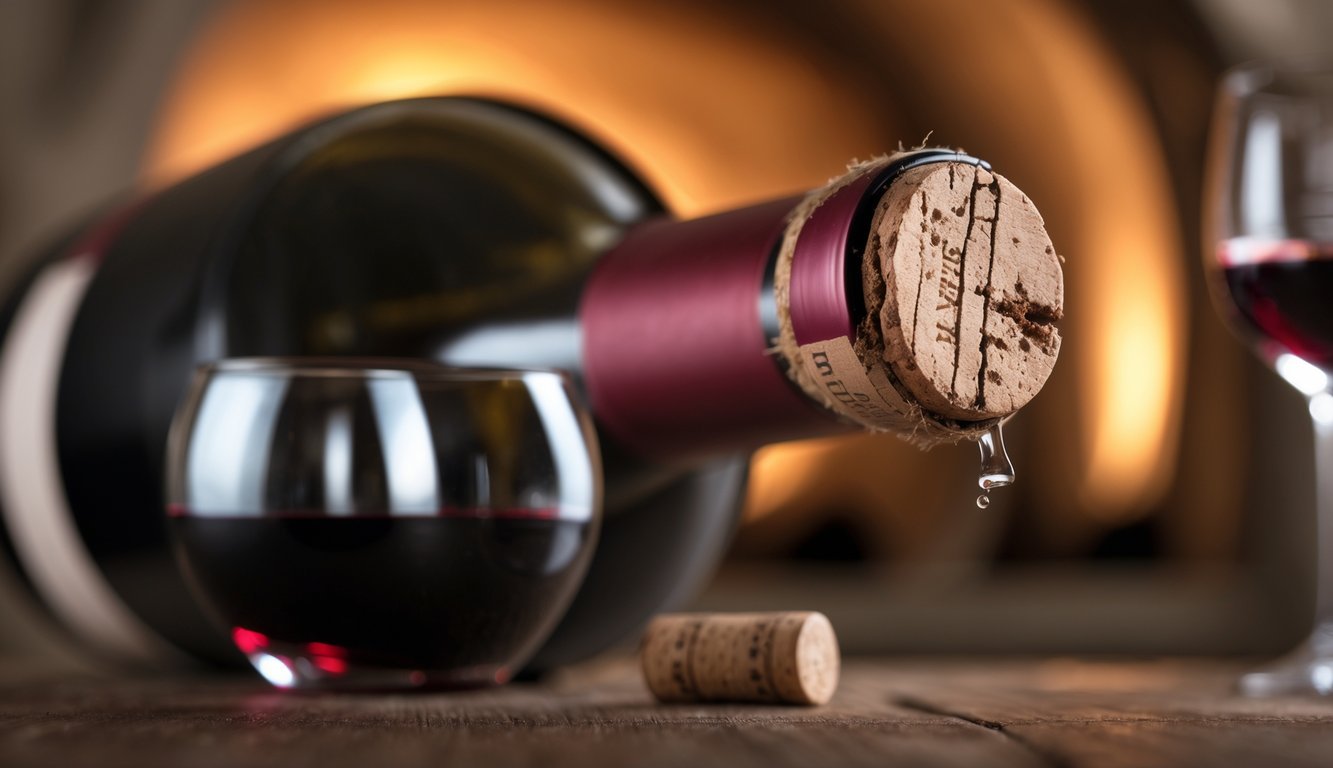
If you spot a cork poking out a little, it’s usually a sign the wine got too warm. Heat makes the wine expand and push the cork up.
When wine gets hot, it can taste cooked or smell weird. The flavors go flat, and you lose what made the wine good in the first place.
If you notice a bulging cork, think twice before buying. It’s a pretty easy red flag to spot.
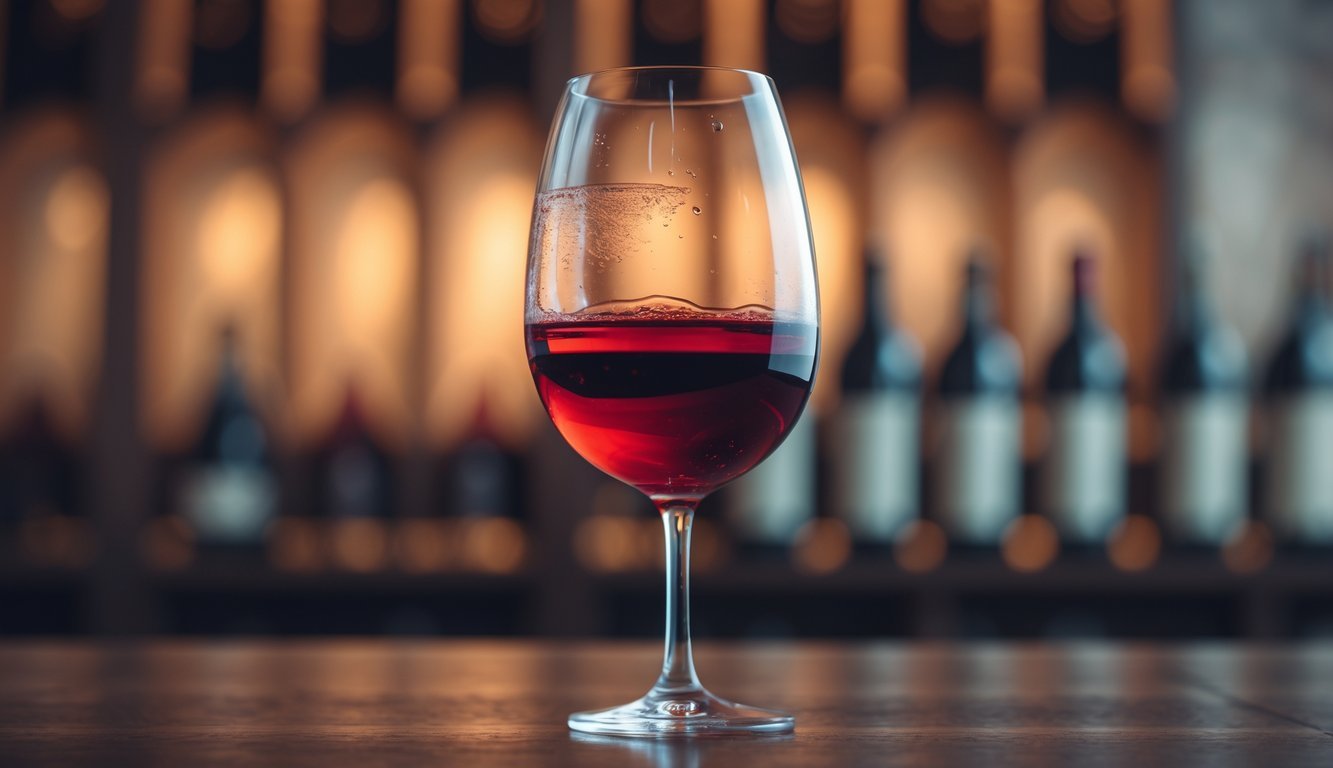
Pour a glass of red and you want to see a rich, lively color. If it’s dull or has a brownish tint, the wine might be past its prime.
Red wine sometimes shifts from deep red to rusty or brown. Oxidation causes this, and it usually messes with the taste and smell.
Look out for cloudy wine or odd shades. That’s a sign your wine isn’t fresh anymore.
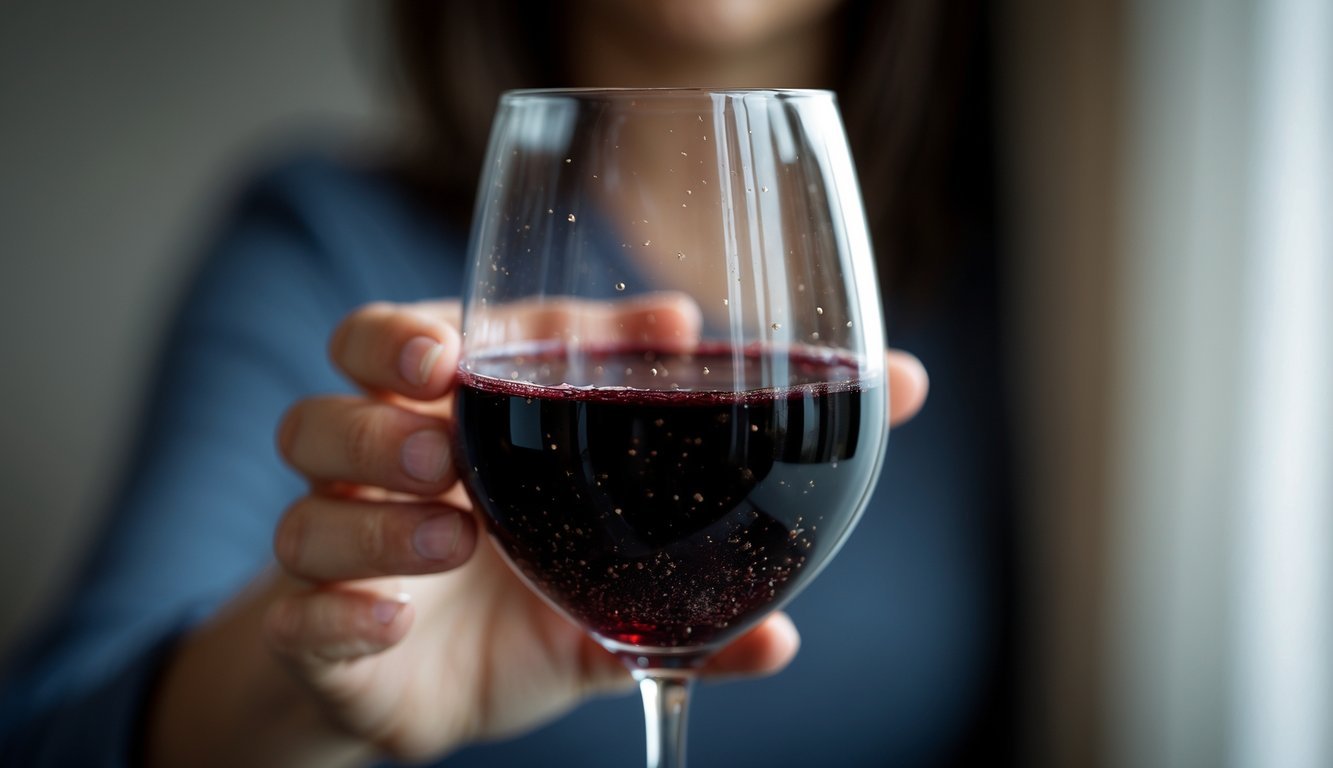
If you notice small bits floating in your wine, it could mean the wine is old or wasn’t stored well. These particles usually come from yeast, grape skins, or tartrates as the wine ages.
Sometimes, these floaties are harmless and just part of the process. But if they look odd or the wine smells off, it’s a warning sign things have gone bad.
Watch out for a film or clumps on the surface. That usually means bad yeast, and you shouldn’t drink it. Always check before pouring a big glass.
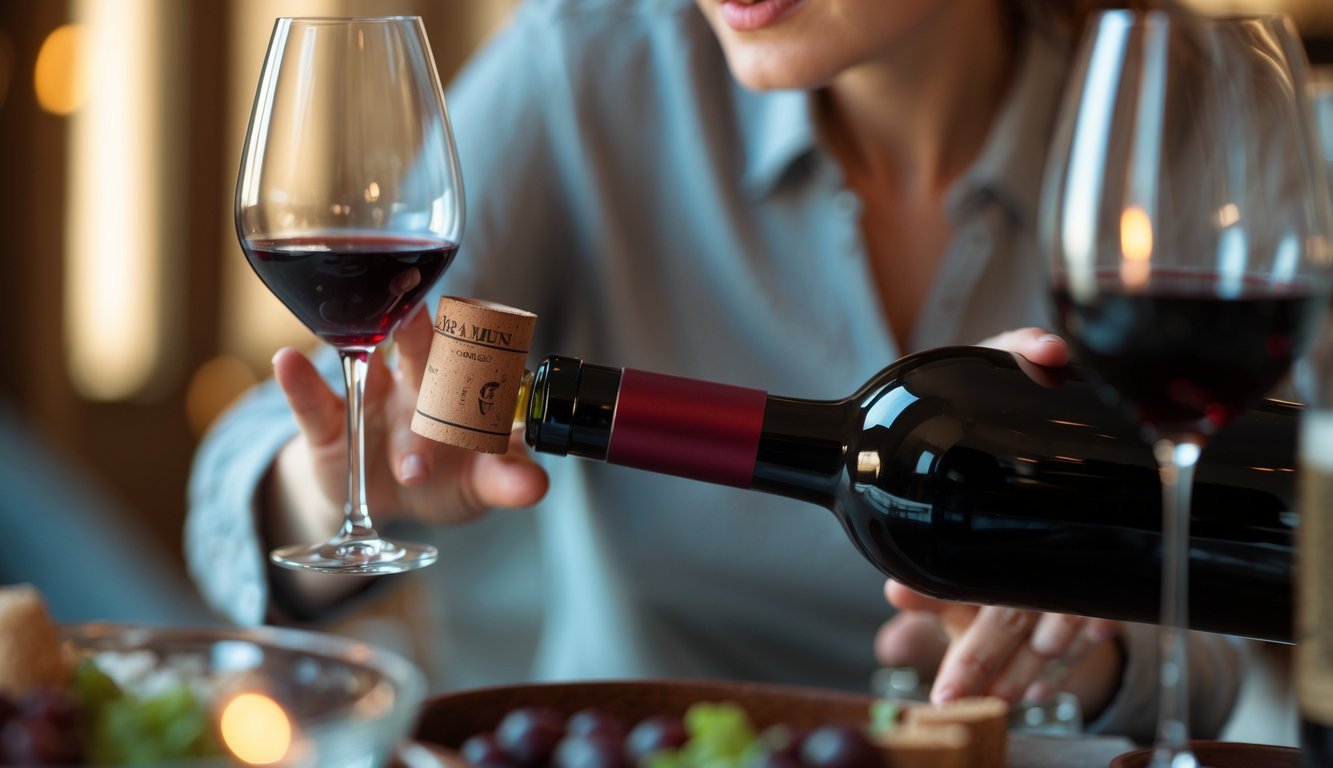
The first thing you notice after opening wine is the smell. If it hits you with a weird or gross odor, something’s probably wrong.
You might catch whiffs of vinegar, wet cardboard, or something musty. That’s usually from cork taint or oxidation, and it makes the wine taste bad.
Trust your nose. If the aroma turns you off, don’t force it—just open a different bottle.
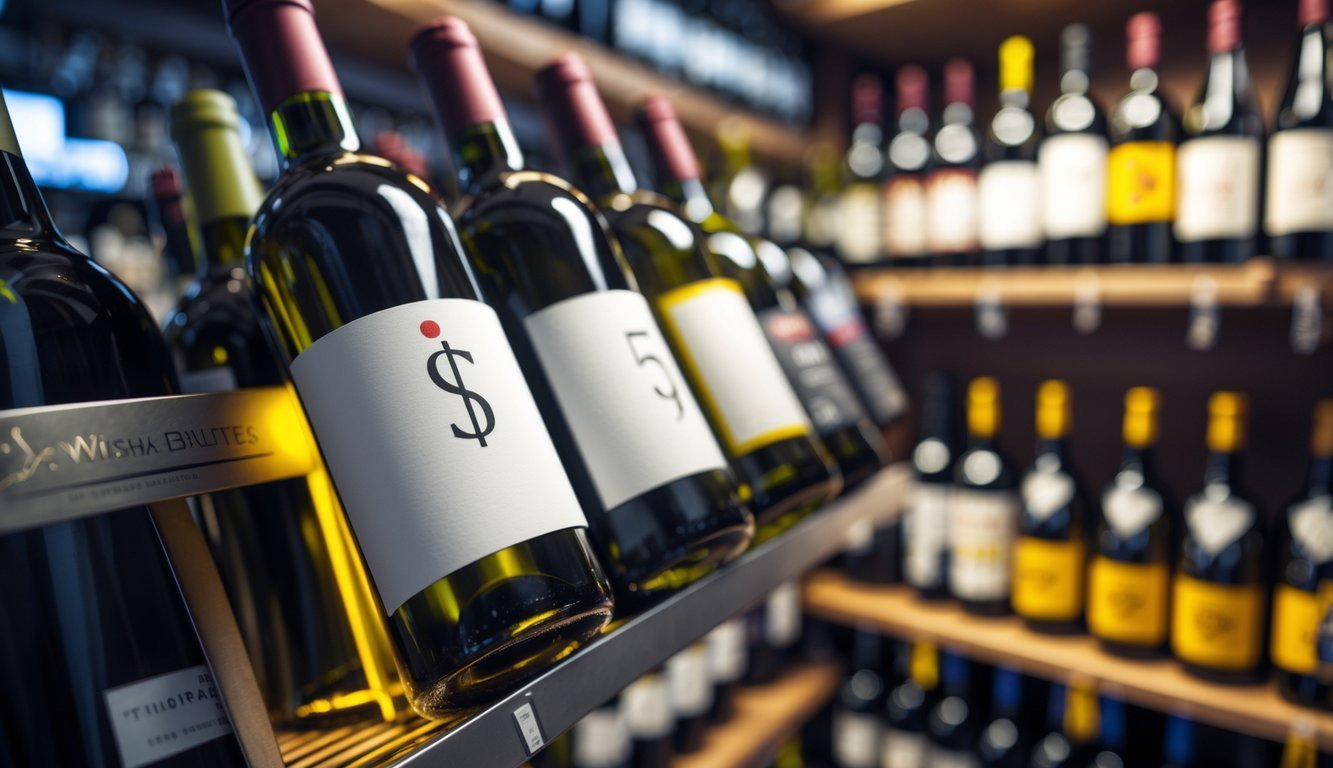
If a wine is way cheaper than others like it, be careful. Super low prices often mean the wine is old, damaged, or not stored right.
It can be tempting to grab a bargain, but sometimes the wine just isn’t good. There’s also a chance it’s fake or mislabeled.
Check prices with trusted sellers. If it seems too good to be true, look closer before you buy.
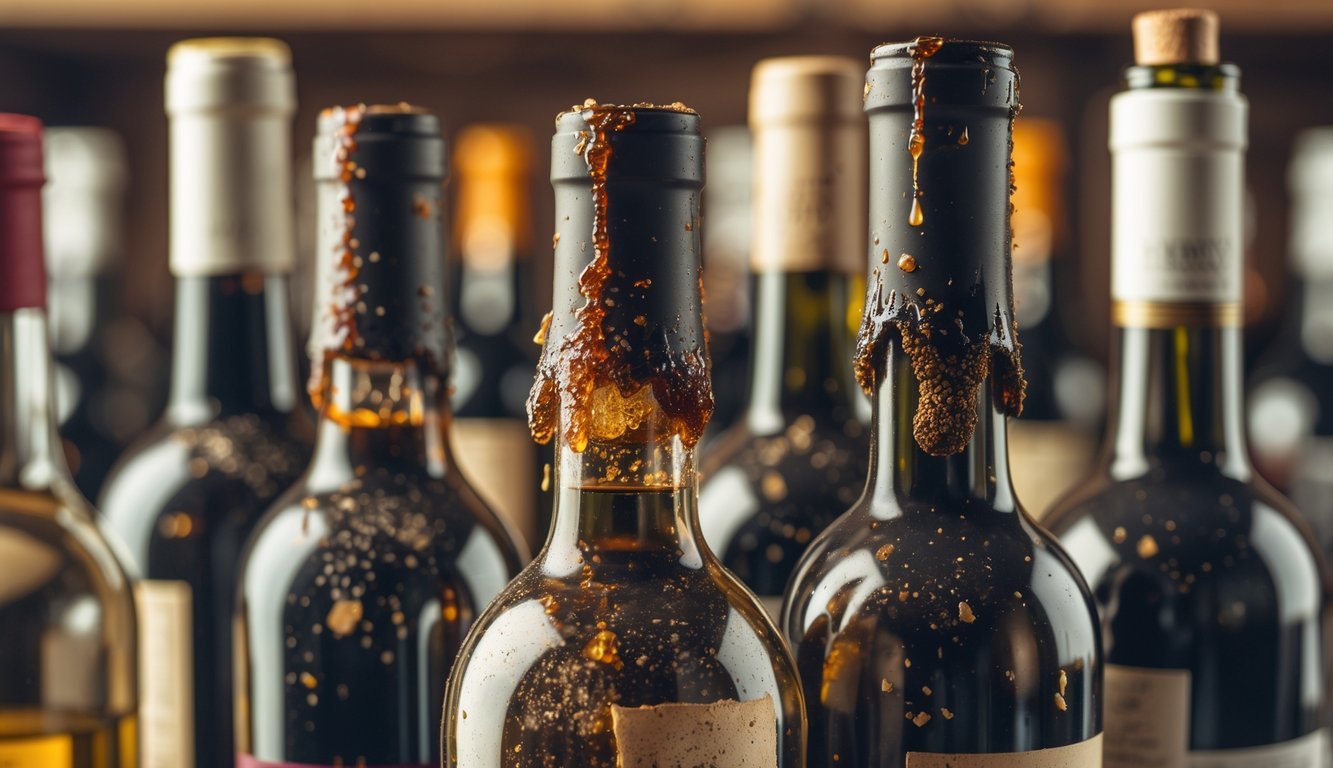
If you notice sticky stuff around the neck or cork, take it as a warning. Sticky residue usually means the wine leaked or the cork is damaged.
Leaking lets air in, and that can ruin the wine over time. You might end up with flat or off flavors.
Sometimes it’s just dried wine from sloppy handling, but sticky bottles are best left on the shelf. You don’t want to deal with hidden problems.
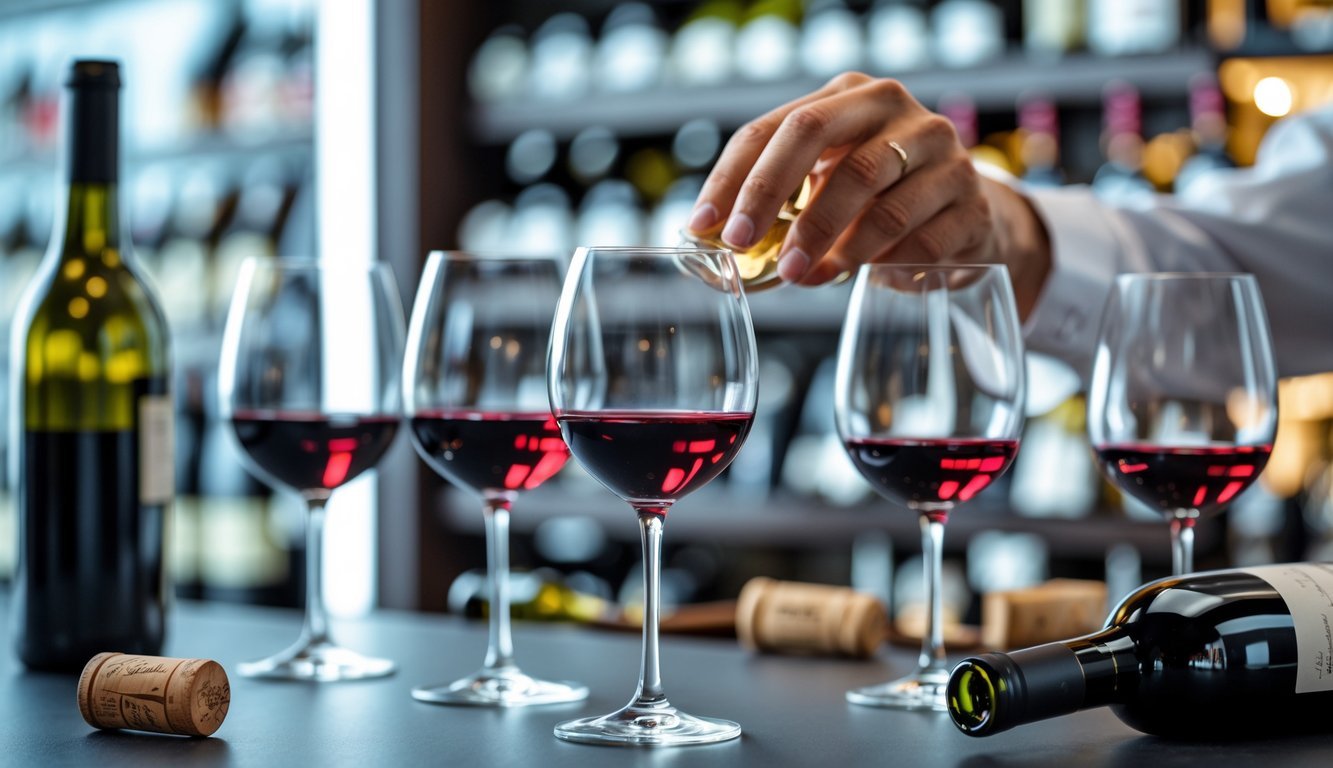
You can figure out a lot about wine before you even open it. Take a good look at the bottle, read the label, and check for clues about its age and storage.
Start by checking the color and clarity in the bottle or glass. Good wine should look clear and vibrant.
If it looks dull, brown, or cloudy, it might be old or damaged. Sediment or haze can be normal in aged wines, but if you weren’t expecting it, be cautious.
Tilt the glass and look for “legs”—those streaks running down the inside. Thick, slow legs often mean the wine has more body or sugar, though it’s not a guarantee of quality.
Wine labels give you more than just a name. Check out the producer, region, vintage, and grape variety.
Don’t buy wine just because it looks fancy or expensive. The label should tell you where it’s from and who made it—trust that info more than the design.
The age of wine changes its taste and quality. Younger wines are usually fresher and fruitier, while older ones can develop complex flavors.
If a wine is too old and not meant to age, it can taste flat or spoiled. Always consider how the wine was stored before you buy.
Look for signs like a low or leaking cork or stains on the bottle neck. These show poor storage that can hurt the wine.
Proper storage means bottles should be kept cool, dark, and lying on their sides.

You’ll hear a lot of “rules” about buying wine, but most of them aren’t as strict as people say. You don’t have to spend a ton or avoid screw caps to get something good.
Price can give you a hint, but it doesn’t guarantee a great wine. Expensive bottles often come from famous regions or big-name producers, but that doesn’t mean you’ll like them more.
There are plenty of affordable wines that taste amazing. If you only look at price, you might miss out on bottles that fit your taste and budget.
Try different wines, read reviews, and focus on what you enjoy—not just the price tag.
Maybe you’ve heard that wines with screw caps are always cheap or low quality. Honestly, that’s just not true.
Winemakers use screw caps to keep wine fresh and avoid cork issues like mold or weird taste changes. Plenty of great wines—especially young reds and whites—stick with screw caps to lock in those clean flavors.
Corks don’t guarantee a better bottle. Sure, they bring some old-school charm, but they can actually ruin wine if you don’t store them right.
Don’t pick a wine just because of the bottle top. It’s smarter to look at the type, where it comes from, and what others say about it.